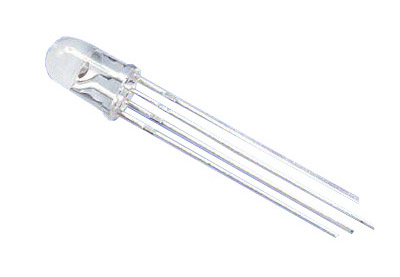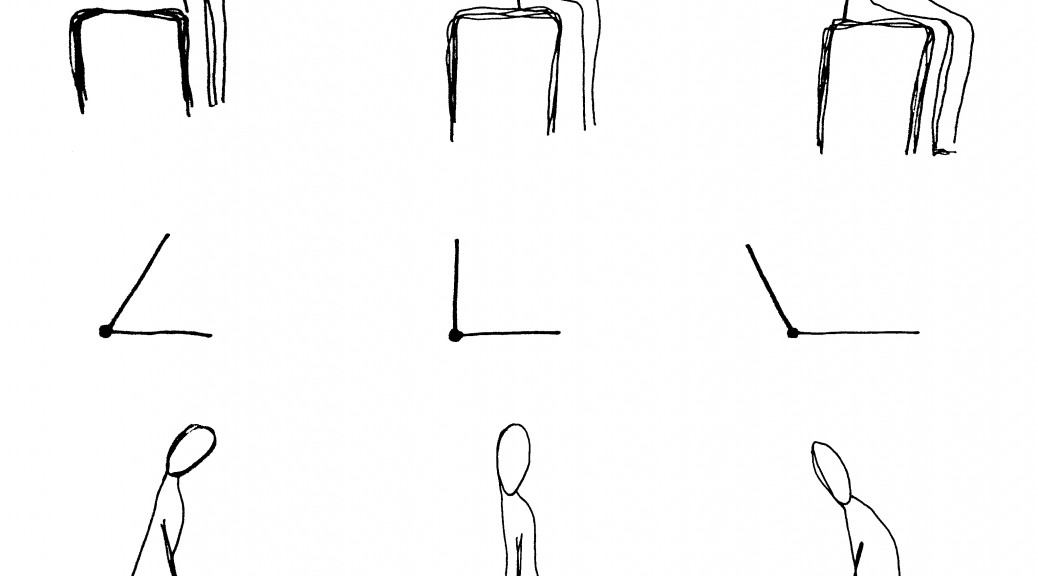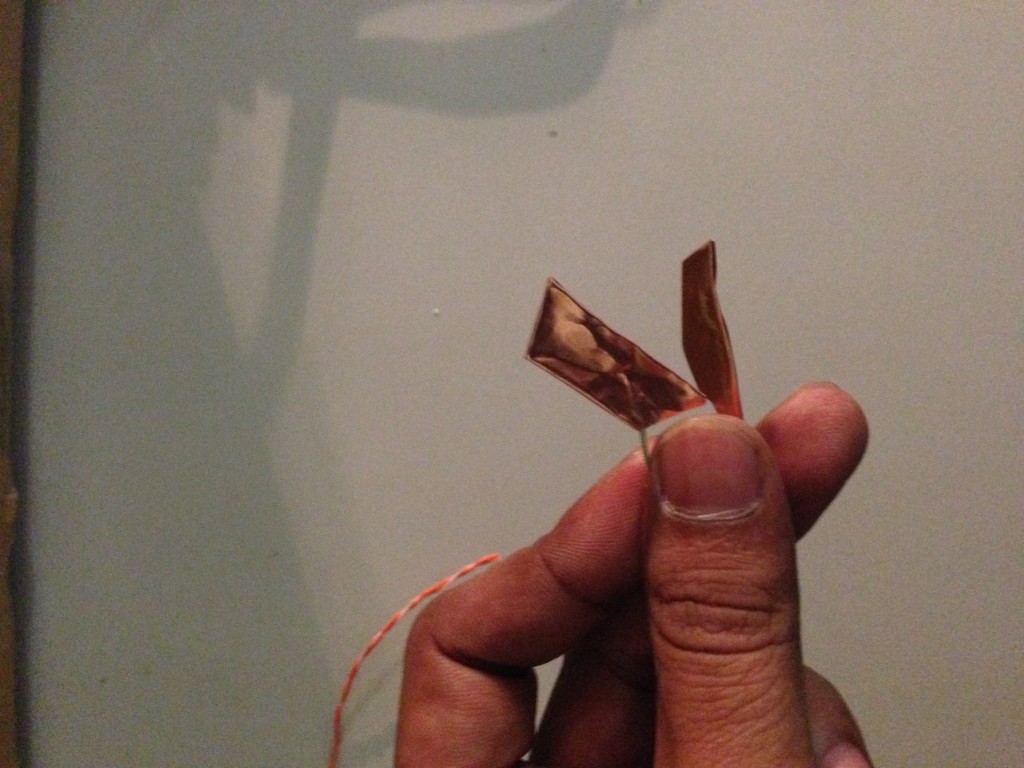A bench can serve many purposes! Any one can sit on it, can lay down or stand on it, nevertheless, touch it. For an interactive theatre show, it is a very prop which can be interacted in many ways. To get inputs from a bench, we should consider how an actor interact with it according to the script. According to our chosen script, three actors will sit on it followed by different sitting gestures. To get inputs from the bench, we can see that in different sitting gestures the actors produce different pressure on a bench as well as touching the surface. So, from a technical perspective to get inputs from bench, we considered two different method of inputs, one is pressure and second one is touch.
Image 1: Showing different sitting gestures and interaction
Photo Credit: Bahar
To measure the pressure we put three switches under the sitting surface on the bench. If one switch is connected, we can detect that someone is sitting on it, if more than one switch connects, we can assume that more pressure is applied. Therefore, we put three different switches under the surface to measure three different pressure on the bench. This inputs will produce some outputs that are necessary to make an theatre show interactive. Thus, we have decided to produce two major influencer in a show, lights and sounds. The following diagrams will give a brief idea about the interaction.
Image 2: Three switches on a single bench to trigger lights and sounds
If a person sits on a bench, it will trigger illumination of the bench, as well as playing a music. Moreover, depending on different sitting gesture (which will increase or reduce pressure), two other switches will be triggered which can be programmed to influence lights and music depending on the storyboard of the play.
The second input can be achieved from the touch. The following diagram will provide an idea about the interaction.
Image 3: Capacitive plate on the bench surface that can influence the music.
A conductive strip on the bench surface can be touched by the actors which can influence the sounds and lights according to the storyboard.
Switch:
We are going to produce 9 switches ( 3 for each bench) using copper tape which can be attached under the sitting surface of the bench specially designed by the designer team of our project. If two copper tapes are connected, it will send a signal to the microprocessor which will be counted as a input signal followed by an immediate output: turning on the lights attached inside the bench and playing a pre recorder music from the soundbox.
Image 4: Copper tape used as switch
Capacitive Touch Sensor using Graphite:
A simple pencil drawing can be used as a capacitive touch plate which can measure how long it takes for a conductive material to go from a ground state to a high potential state when its been pulled up to that high state through a resistor. It takes longer to reach the higher state if the capacitance of the material is high. We will influence the pre recored music using this easy, simple, cheap technology. The actor can drag their finger along the surface to increase the tempo of the music or reduce it.
Lights:
To lit up the bench we started working with RGB Lights which can produce multiple colors using a single LED.
 As we need multiple LEDs, it would be more complex to use single RGB LEDs to produce a LED Matrix to illuminate the benches. Thus, we started working with RGB Led Strips which are designed and produced dedicatedly for the purpose we are working on. It will give a complete control on the lights, can produce any color, high luminance as well as cheap. We considered WS2801 and LPD6803 then we moved on to the more convenient product from adafruit, analog RGB Led strips.
As we need multiple LEDs, it would be more complex to use single RGB LEDs to produce a LED Matrix to illuminate the benches. Thus, we started working with RGB Led Strips which are designed and produced dedicatedly for the purpose we are working on. It will give a complete control on the lights, can produce any color, high luminance as well as cheap. We considered WS2801 and LPD6803 then we moved on to the more convenient product from adafruit, analog RGB Led strips.
Connections:
We are using Arduino based microcontroller using Arduino IDE for the circuit connections and using Processing to play music. Following diagram will show the idea.
Technical Difficulties we need to overcome:
- Proper “Serial handshaking” between arduino and processing
- Working with Analog RGB Led strips
- Working with switch matrix
- Working with capacitive touch sensor.








